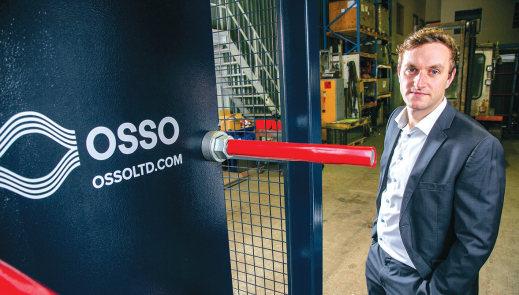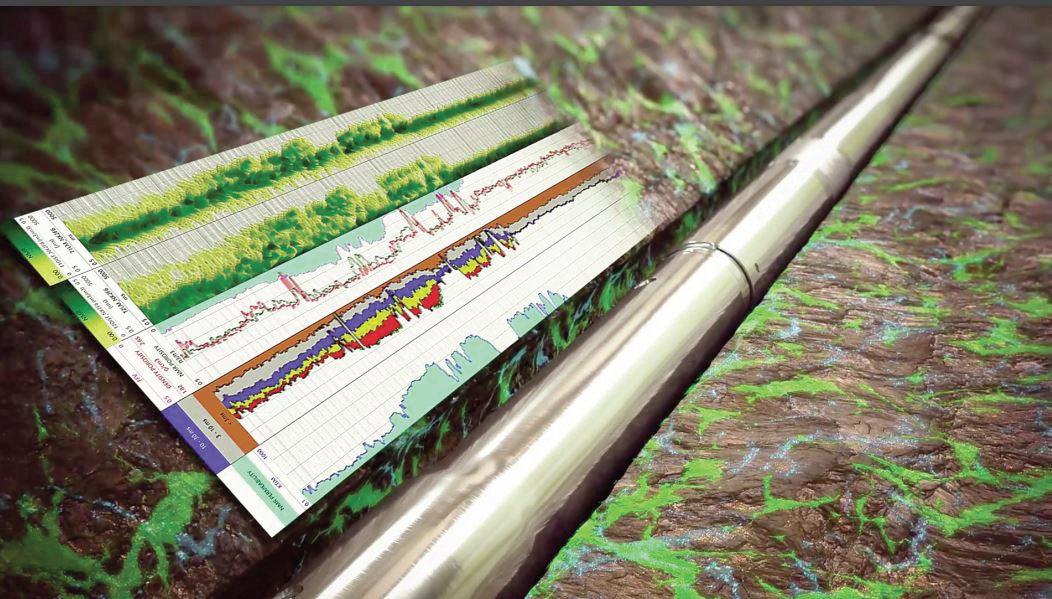S06 ORA 2 2021 Fabrication_ORA Master Template - 2016 New 22/04/2021 14:41 Page 23
PU M PS
ISSUE 2 2021 • WWW.OILREVIEWAFRICA.COM
WAYS TO KILL
YOUR CENTRIFUGAL PUMP Centrifugal pumps are reliable, low maintenance pumps. They are responsible for more than 40% of all fluid transfer in industry worldwide. A centrifugal pump is a low maintenance, if well selected, reliable part in your process. HE CENTRIFUGAL PUMP has a very simple principle. Due to centrifugal forces caused by a spinning impeller, liquid is sucked in at inlet and pressure is built at the outlet. No valves are needed, and there are few moving parts. However, there are some other essentials that can influence the results of the pumping process and can even damage the pump severely. Here are the most important points to consider to avoid damage and create a reliable, safe pumping process with hygienic pumps.
T
Selection of the right pump size Centrifugal pumps have a very atypical performance curve compared to positive displacement pumps. When the counterpressure in the pump will go down, the flow will go up and the used motor power will follow the flow. From the moment that the pump will need more power compared to the nominal power, it will start overloading and will heat up. If this process is lasting too long the isolation from the motor windings will burn and will cause an electric failure. Therefore, it is very important that the entire process is taken into account when selecting the pump.
Select the right mechanical seal The mechanical seal has two seal faces that are running to each
other. In normal conditions there is always a film of liquid between the seal faces that guarantees the lubrication of the seal. If, of course, there is no fluid in the pump or the pump is sucking a lot of air, the seal faces will run dry and start to heat up. The elastomers in the mechanical seal will get burned and lose there sealing capability.
Select the right installation format to avoid cavitation This is a typical problem when for example the piping of the system at the suction side of the pump is not configured correctly. To prevent this problem in critical applications, and in fact in all cases, choose a pump with a very low NPSHr value, which will be able to work in tough conditions. With Capdata the perfect installation scheme can be configured.
Select the correct process installation system to avoid water hammer Water hammer is a typical problem that occurs in process systems with long lines and large piping diameters. This happens when a huge mass of fluid hits a fast closed valve and in reaction, sends a peak pressure back into the system that passes the centrifugal pump. This is a problem that has to be solved in the process installation by selecting slower valves and/or
shorter piping, wherever this is possible.
The pumping of foreign objects When the fluid flow is contaminated with objects such as bolts, nuts or other foreign objects your impeller will be stuck because there is only limited free space. Even if the pump is equipped with a free flow impeller or a channel impeller (where objects as big as potatoes are pumped with), metals or hard pieces will, in most cases, not pass the pump but will be stuck between the pump and the pump housing. The impeller, pump casing and/or bearings will be damaged.
Pumping abrasive fluids? Select a duplex pump When your process needs a hygienic pump, but the fluid is very abrasive, it is a good option to select a mechanical seal made of SiC/SiC with hard seal faces. But there is another problem to overcome: it is important for a hygienic pump that all wetted parts (including O rings) are in the fluid stream to ensure that the pump can be cleaned properly during CIP.
Selecting the right seal for variable or high system pressures Most hygienic pumps running at simple process conditions are equipped with bellow seals. The
pressure between the seal faces is mostly dependent on the inlet pressure. With high inlet peaks some cluttering from the mechanical seal can occur, which will damage the seal faces by impact. But in the end a continuous higher inlet pressure at bellow mechanical seals will also create a huge wear from the seal faces. Both of these problems can be solved with a balanced/sterile mechanical seal that is independent from the inlet pressure.
Install motors with condensation holes to kill humidity Every electric motor must have an IP rate which indicates the degree of resistance against dirt and water penetration. Unfortunately there is no rating for the humidity resistance. When an electric motor runs it will heat up. Thus, the air in the motor will expand and there will be air that will exit the motor.
Frequency converter and connections Too long wires without a filter will cause EMC and isolation problems. With larger motors this can cause bearing damage. Bad electric connections will cause that the motor runs on one winding instead of three and will cause it to burn. www.verderliquids.com
23











